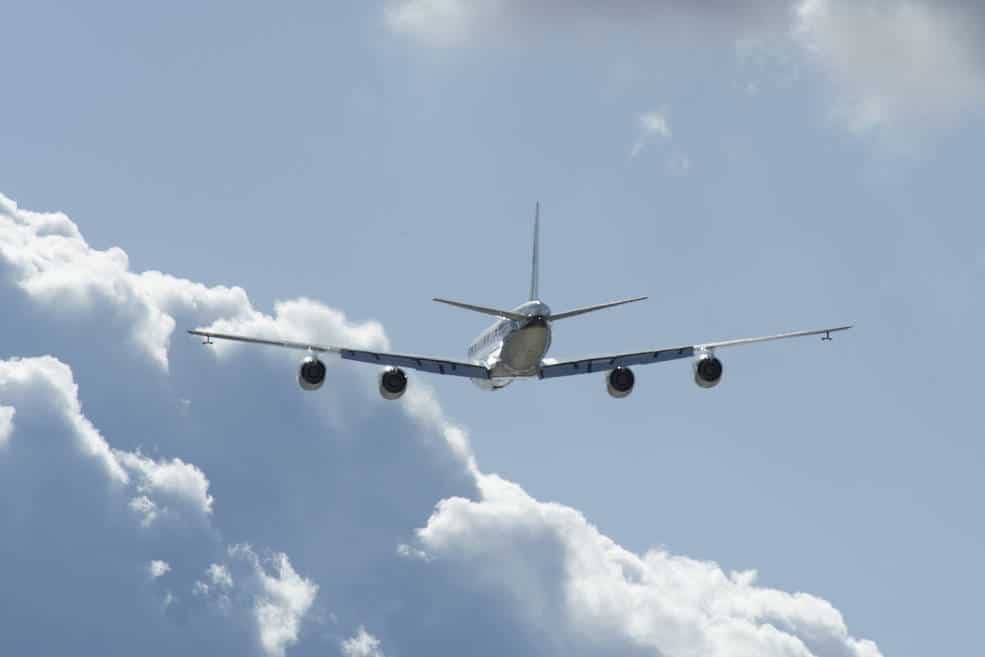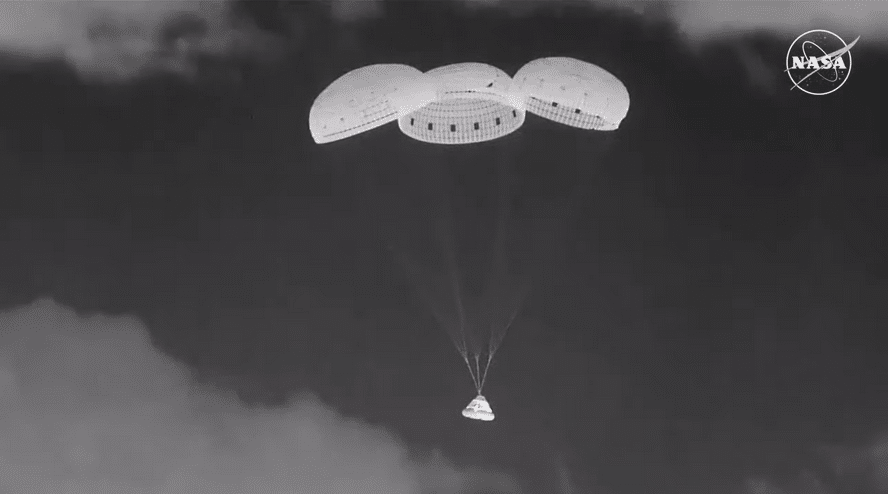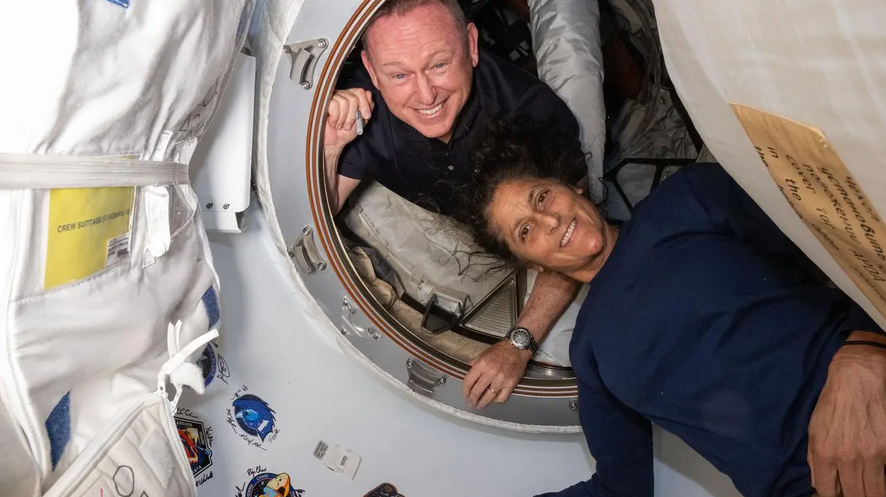NASA’s DC-8 “Flying Laboratory” is on its way to Germany for a joint flight campaign to sample clouds, contrails or aircraft emissions.

NASA’s ongoing research into what happens with engine performance, emissions and contrail formation when you use different types of fuels in jet engines is headed for the skies over Germany this month.
The international collaboration will see the German Aerospace Center (DLR)’s Advanced Technology Research Aircraft (ATRA) A320 aircraft burning alternative biofuels, while NASA’s fully instrumented DC-8 “Flying Laboratory” trails a safe distance behind, sampling and analyzing gases and particles within the ATRA’s wake.
“NASA couldn’t do it alone. We’re bringing the two agencies together to combine resources and facilities in a way we’ve never been able to do before,”
said Bruce Anderson, NASA’s principal investigator for this latest phase of airborne research.
The main goals of the joint research campaign are to assess the effects of alternate fuels on aircraft engine performance and emissions, with a special focus on discovering how soot from those emissions can affect the size, concentration and lifetime of contrail ice particles.
This current effort is the latest in a series of research campaigns during the past few years, some in the United States and some in Germany, that used different aircraft, conditions and sampling techniques to build a knowledge base about alternative fuels.
See the full schedule on this link: https://airbornescience.nasa.gov/content/ND_MAX_Deployment_-_ARMD?date_instance=20180113
New Heights for 2018
hile the earlier ACCESS and ECLIF flight tests were able to characterize the differences in fuels from an emissions standpoint, doing the same with contrail formation was more of “a tough nut to crack,” Anderson said.
The reason: the wide gap in aircraft performance between the large, commercial-airliner-class DC-8, the A320 aircraft and the smaller, business-class-jets flying behind made it nearly impossible to collect contrail and emission data at typical, real-world altitudes and flight speeds.
Now, by using DLR’s A320 as the “source” aircraft and the DC-8 as the sampling platform, researchers can fly where contrails form and persist, giving them plenty of opportunities to gather data using a much more extensive instrument payload than could be carried by two Falcon jets combined.
In fact, the DC-8 will be carrying 14 experiment racks jammed with instruments – three times the instruments flown before on the smaller business-class jets.
“This is one of the most extensive suite of aerosol and ice-particle instruments ever fielded by a NASA campaign,” Anderson said.
If all goes well with final preparations, the series of research flights – known by NASA as ND-MAX, and by DLR as ECLIF 2 – are to begin January 16 and wrap up no later than February 2. The plan is to log as many as 80 hours of flight time devoted to gathering data.
Flight Plan for Ramstein
The research flights will be staged from Ramstein Air Base southwest of Frankfurt, Germany. Eight joint DC-8/A320 flights are planned to sample three different fuels at a variety of altitudes and airspeeds, and in both contrail forming and non-contrail forming conditions.
Both aircraft will be burning standard jet fuel, which will provide real-world data to compare with the A320 engines burning alternate fuels, giving the team even more data to study the relationship between aircraft soot emissions and contrail characteristics.
Afterward the DC-8 will join the A320 at cruise altitude to sample engine emissions and contrail properties over a wide range of flight and atmospheric conditions. Those sessions will see the aircraft flying four to five hours of coordinated maneuvers in restricted airspace.
Then the DC-8 will land shortly after the A320 to sample its exhaust as the aircraft duo taxi back to the hangar at Ramstein.
And even when the DC-8 is flying to and from its home near NASA’s Armstrong Flight Research Center in California, the researchers will take advantage of any aged contrails they come across within the crowded flight corridors to make measurements.
“We’re addressing quite a few objectives, so we hope to make use of every flight hour in terms of sampling clouds or contrails or aircraft emissions,” Anderson said.
Given the international partners involved, and the number of multidisciplinary airborne experiments (MAX) gathering data over a wide spectrum of flight profiles, Anderson said this will provide “a maximum opportunity to make a significant advance in our understanding of the relationships between background conditions, engine soot emissions and contrail characteristics.”
And that’s at least one reason why this project is called ND-MAX – “N” for NASA, “D” for DLR, and MAX for maximum.
Source: NASA, NASA Aeronautics Research Mission Directorate



